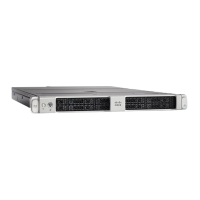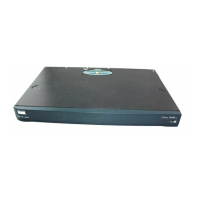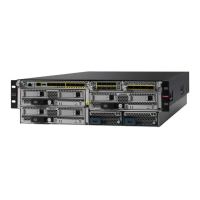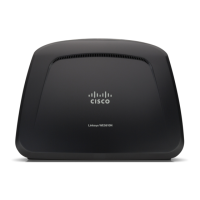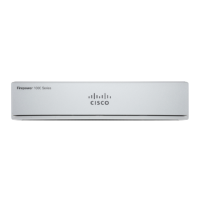Contents
xv
Cisco SCE8000 Software Configuration Guide, Rel 3.1.6S
OL-16479-01
How to display filter state (enabled or disabled) 10-25
How to display configured threshold values and actions 10-25
How to display the current counters 10-27
How to display all currently handled attacks 10-27
How to display all existing force-filter settings 10-27
How to display all existing don't-filter settings 10-27
How to display the list of ports selected for subscriber notification 10-27
How to find out whether hardware attack filtering has been activated 10-28
Viewing the Attack Log 10-28
The Attack Log 10-28
How to View the Attack Log 10-29
How to Copy the Attack Log to a File 10-29
CHAPTER
11 Managing the SCMP 11-1
About SCMP 11-1
SCMP Terminology 11-2
Deployment Scenarios 11-3
Single ISG Router with a Single SCE Platform (1xISG – 1xSCE) 11-3
Multiple ISG Routers with Multiple SCE Platforms via Load Balancing (NxISG – MxSCE) 11-4
SCMP Peer Devices 11-4
Connection Management 11-5
SCMP Subscriber Management 11-6
GUID and Subscriber ID 11-6
Configuring the SCMP 11-6
Configuring SCMP Parameters 11-6
How to Enable the SCMP 11-7
How to Disable the SCMP 11-7
How to Configure the SCMP Peer Device to Push Sessions 11-7
Configuring the SCMP Peer Device to Force Each Subscriber to Single SCE Platform 11-8
Defining the Keep-alive Interval Parameter 11-8
Defining the Reconnect Interval Parameter 11-9
Defining the Loss-of-Sync Timeout Parameter 11-9
Adding an SCMP Peer Device 11-9
How to Define an SCMP Peer Device 11-10
How to Assign the SCMP Peer Device to an Anonymous Group 11-10
Deleting Subscribers Managed by an SCMP Peer Device 11-11
Options 11-11
Deleting an SCMP Peer Device 11-11
Defining the Subscriber ID 11-11
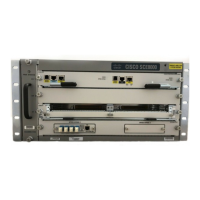
